The Washerwomen at Beaugency (1930)
Oil on canvas
65 x 100 cm
Signed and dated lower right
Jacob Balgley, known as Jacques Balgley, is a Belarusian painter and printmaker of the School of Paris.
He is born in 1891 in Brest-Litovsk, now Brest in Belarus. The son of a rabbi, Jacob Balgley experiences pogroms, massacres, and the constant fear that haunts Jewish families from the age of five. As a teenager, he moves to Saint Petersburg and begins studying medicine. To earn a living, he paints icons and eventually decides to devote himself to drawing.
Like many artists of the School of Paris, he chooses to settle in Paris, driven by a desire for freedom and to paint as he pleases. He arrives in Paris in 1911 and studies architecture at the École des Beaux-Arts, while teaching himself painting in his studio at 9 Impasse de l’Enfant Jésus in Montparnasse. A solitary person by nature, he rarely visits the meeting places such as the Dôme, La Rotonde, or other cafés.
In 1914, he voluntarily enlists in the army but is discharged due to heart problems. A year later, he enrolls in philosophy and history courses at the École Pratique des Hautes Études, and in 1920, he enters the École des Arts Décoratifs, where he meets his future wife, Alice Kerfers.
In 1924, he obtains French citizenship, and the Musée du Luxembourg expresses interest in acquiring a set of five of his paintings. That same year, his patron, Dr. Kritchewsky, organizes his first and only solo exhibition during his lifetime at the Galerie Barbazanges. Indeed, Jacob Balgley refuses to exhibit and prefers the solitude of his studio and the solitary work of engraving.
His self-portraits are marked by the deep emotions of his inner turmoil. His works are infused with the violence of his youth and draw inspiration from ghetto life, ritual ceremonies, and prophets. He suffers from a lack of self-confidence and burns his early canvases at the slightest doubt.
In 1928, his pictorial style evolves as he begins painting his wife and daughter. He settles in Beaugency during the last years of his life, where he paints peaceful rural scenes. His palette lightens and reveals soft pastel colors.
Jacques Balgley dies of a heart attack in 1934 at the age of 43.









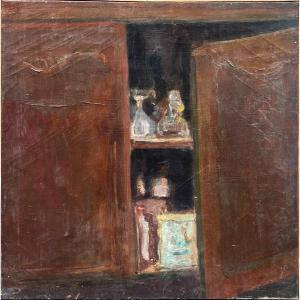
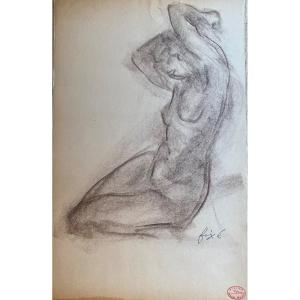
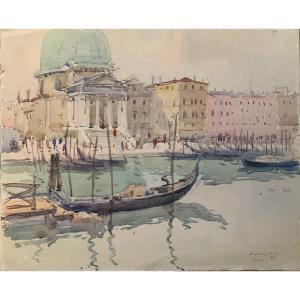
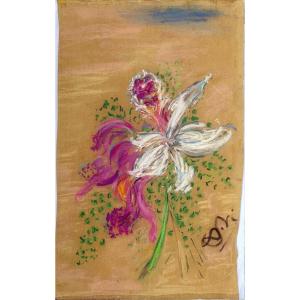
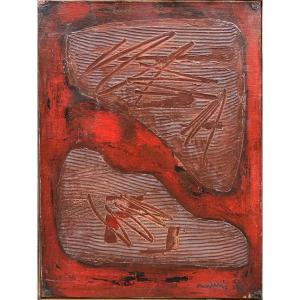
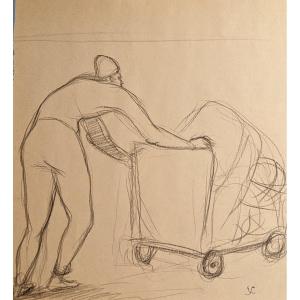






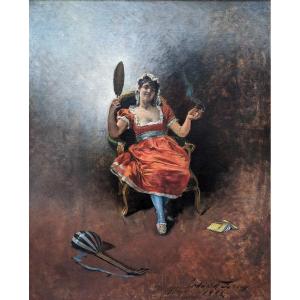
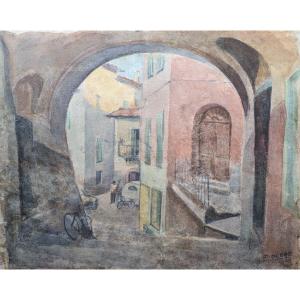
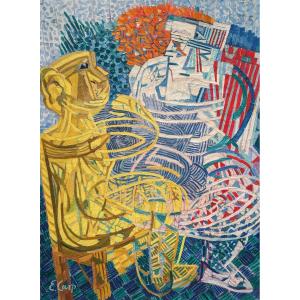

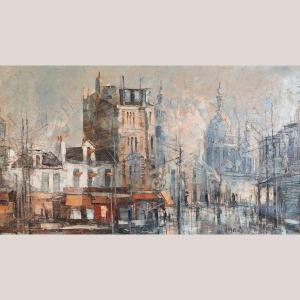






 Le Magazine de PROANTIC
Le Magazine de PROANTIC TRÉSORS Magazine
TRÉSORS Magazine Rivista Artiquariato
Rivista Artiquariato